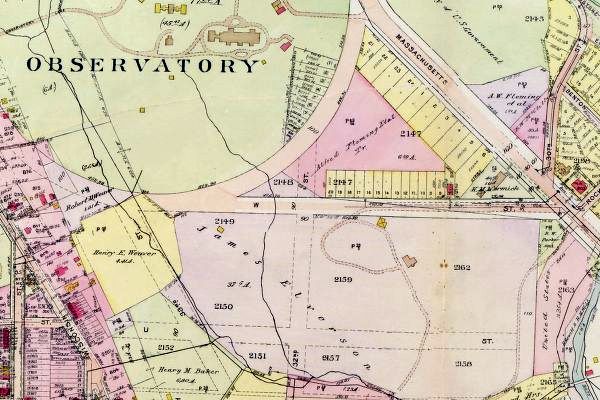Category Massachusetts Avenue

The Myths of the British Embassy II: the Location with Lutyens
The previous entry in this website surveyed the District’s Gilded Age landscape with its Beaux-Arts architecture existing on Massachusetts Avenue before the British Chancery and Ambassador’s Residence arrived in the neighborhood. This was to address misinformation about and the perplexing view that the architect, Sir Edwin Lutyens, designed the United Kingdom complex in rural land […]

The Myths of the British Embassy I: the Location before Lutyens
There persists the unfortunate belief in some publications that in the 1920s the government of the United Kingdom chose a remote site with “little civilization nearby” for their new Washington Embassy. While the British with their previous diplomatic building pioneered the countryside around Connecticut Avenue—with livestock pens and crumbling Civil War barracks for neighbors—that is […]

The Time of Changes and Commemorations in the Embassy Gardens
What became the tumultuous decade of the 1960s at the Washington Embassy began with landscape gardener Perry Wheeler and Lady Caccia working to revitalize the gardens while enclosing them for additional privacy and protection. At the start of 1960, plantings (magnolias, hollies, viburnum, aucuba, cherry laurel, blue spruce) were put in to provide a dense […]

The Beginnings of the Embassy
While the Massachusetts Heights area was filling in with private residences at the turn into the 20th century, there were no embassies; foreign missions were concentrated along 16th Street and the vicinity of Meridian Hill Park and Dupont Circle. The British Government continued its history of setting precedent with its buildings in Washington: the first […]







Recent Comments